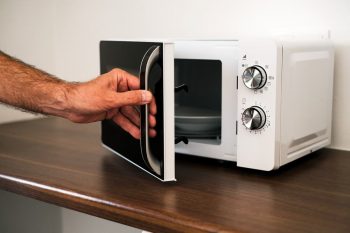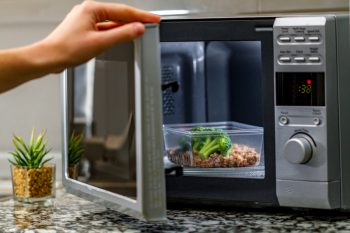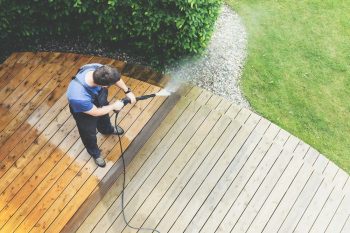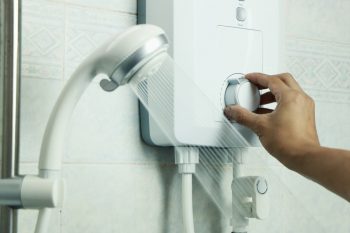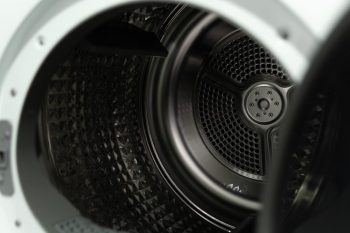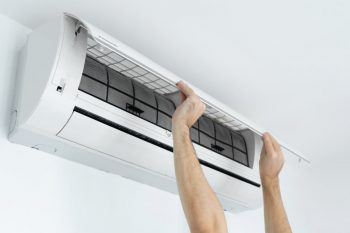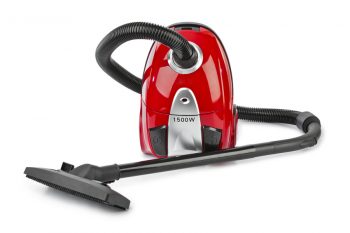
Your air conditioning system is a crucial part of maintaining a comfortable environment in your home, especially during the sweltering summer months. One of the most important components of this system is the evaporator coil. Located inside the air handler, the evaporator coil absorbs heat from your home’s air, helping to cool it down. However, over time, dust, dirt and other debris can build up on the coil, reducing its efficiency and potentially causing other issues. So, how do you clean the evaporator coil in a split AC system? Let’s dive into this in-depth guide.
To clean the evaporator coil in a split AC, first turn off the power to the unit. Locate the evaporator coil behind the access panel on the air handler and remove the panel. Use a soft brush to gently remove any debris from the coil. Then, apply a no-rinse evaporator coil cleaner and let it sit for about 20 minutes. If necessary, use a soft cloth to wipe away any remaining debris. Let the coils air dry before reassembling the unit and restoring power. Regular cleaning is important for maintaining your AC’s efficiency and prolonging its lifespan.
Understanding the Evaporator Coil
The evaporator coil in a split AC is a crucial component responsible for absorbing heat from the indoor air. It is typically located inside or near the air handler where the blower fan is situated. The evaporator coil is made from metals like copper, steel, or aluminum, which are good conductors of heat. In a split AC system, the refrigerant flows between the indoor and outdoor units, absorbing heat from the indoor air and releasing it outdoors, thus cooling your home.
Why Regular Cleaning is Important
Regular cleaning of the evaporator coil in a split AC is important for several reasons. Firstly, it improves the cooling efficiency of your AC system. Clean coils allow air to flow freely, ensuring optimal heat exchange and efficient cooling. A dirty evaporator coil can cause your AC to work harder and consume more energy, leading to higher energy bills.
Furthermore, keeping the coils clean helps to ensure the long-term health of your air conditioning system. Regular coil cleaning can save you money on system repairs down the road. It can also improve your indoor air quality, as a dirty coil can negatively impact the air circulating in your home.
Signs Your Evaporator Coil Needs Cleaning
There are several signs that your evaporator coil might need cleaning. These include reduced cooling performance, increased energy consumption, frequent system cycling, ice formation on the coil, unpleasant odors, reduced airflow, and poor cooling despite long AC running time. If you notice any of these signs, it might be time to clean your evaporator coil.
Tools and Materials for Cleaning
To clean the evaporator coil in a split AC, you will need a screwdriver or drill, a vacuum cleaner with a brush attachment, a spray bottle, coil cleaner, a soft brush, gloves, HVAC tape, and a flashlight.
Step-by-step Cleaning Guide
- Turn off the power: Ensure the AC unit is turned off at the thermostat and the circuit panel.
- Locate the evaporator coil: The evaporator coil is usually behind an access panel on the air handler.
- Remove the access panel: Carefully remove the panel to expose the evaporator coil.
- Brush away debris: Use a soft brush to gently remove any debris buildup on the coil.
- Apply a no-rinse evaporator coil cleaner: Allow the cleaner to sit for about 20 minutes.
- Clean the coils: If there is still debris on the coils, use a soft cloth to gently wipe it away.
- Let the coils dry: Allow the coils to air dry before reassembling the unit.
- Reassemble the unit: Once the coils are dry, replace the access panel and secure it in place.
- Restore power: Turn the power back on at the circuit panel and thermostat.
Following these steps should help you clean your evaporator coil effectively. However, if you are not comfortable performing this task, consider hiring a professional HVAC technician.
Maintaining the Evaporator Coil Between Cleanings
In between cleanings, it is important to maintain your evaporator coil to extend its lifespan and ensure efficient operation. This includes regularly changing or cleaning your air filter, inspecting the coil periodically, keeping the drain line clear, scheduling professional maintenance, and avoiding DIY chemical cleaning.
The Risks of Neglecting Your Evaporator Coil
Failure to clean your evaporator coil regularly can lead to reduced cooling performance, increased energy consumption, freezing of the evaporator coil, premature compressor failure, reduced air quality, water damage and mold, and increased wear and tear on your AC system.
In conclusion, cleaning the evaporator coil in your split AC is a vital part of maintaining your air conditioning system’s efficiency and prolonging its lifespan. Whether you choose to do it yourself or hire a professional, regular cleaning is essential to keep your system running smoothly and keep your home comfortable.
Frequently Asked Questions
How often should I clean the evaporator coil in my split AC?
The frequency of cleaning depends on the usage and the environment. However, as a general rule, it’s recommended to clean your evaporator coil once a year. If you live in a dusty environment or use your AC heavily, you might need to clean it more frequently.
Can I use any household cleaner to clean the evaporator coil?
No, it’s not recommended to use any household cleaner to clean the evaporator coil. Household cleaners may contain chemicals that can damage the coil. It’s best to use a no-rinse evaporator coil cleaner, which is specifically designed to clean AC coils and is safe for the material.
What should I do if my evaporator coil is frozen?
If your evaporator coil is frozen, turn off your AC system immediately and let the ice melt. Do not try to manually remove the ice as it can damage the coil. Once the ice has melted, clean the coil following the steps provided in this guide. If the coil continues to freeze, it’s best to call a professional HVAC technician as there could be other issues with your AC system.
How can I tell if my evaporator coil is damaged?
Signs of a damaged evaporator coil include frequent system cycling, reduced cooling efficiency, increased energy consumption, and refrigerant leaks. If you notice any of these signs, it’s best to call a professional HVAC technician for an inspection and repair.
Can a dirty evaporator coil affect my health?
Yes, a dirty evaporator coil can negatively impact your indoor air quality. As the coil cools the air, it can also trap dust, pollen, and other airborne particles. These particles can then be released back into your home’s air, potentially causing allergies and other respiratory issues. Regular cleaning of the evaporator coil can help improve your indoor air quality.

